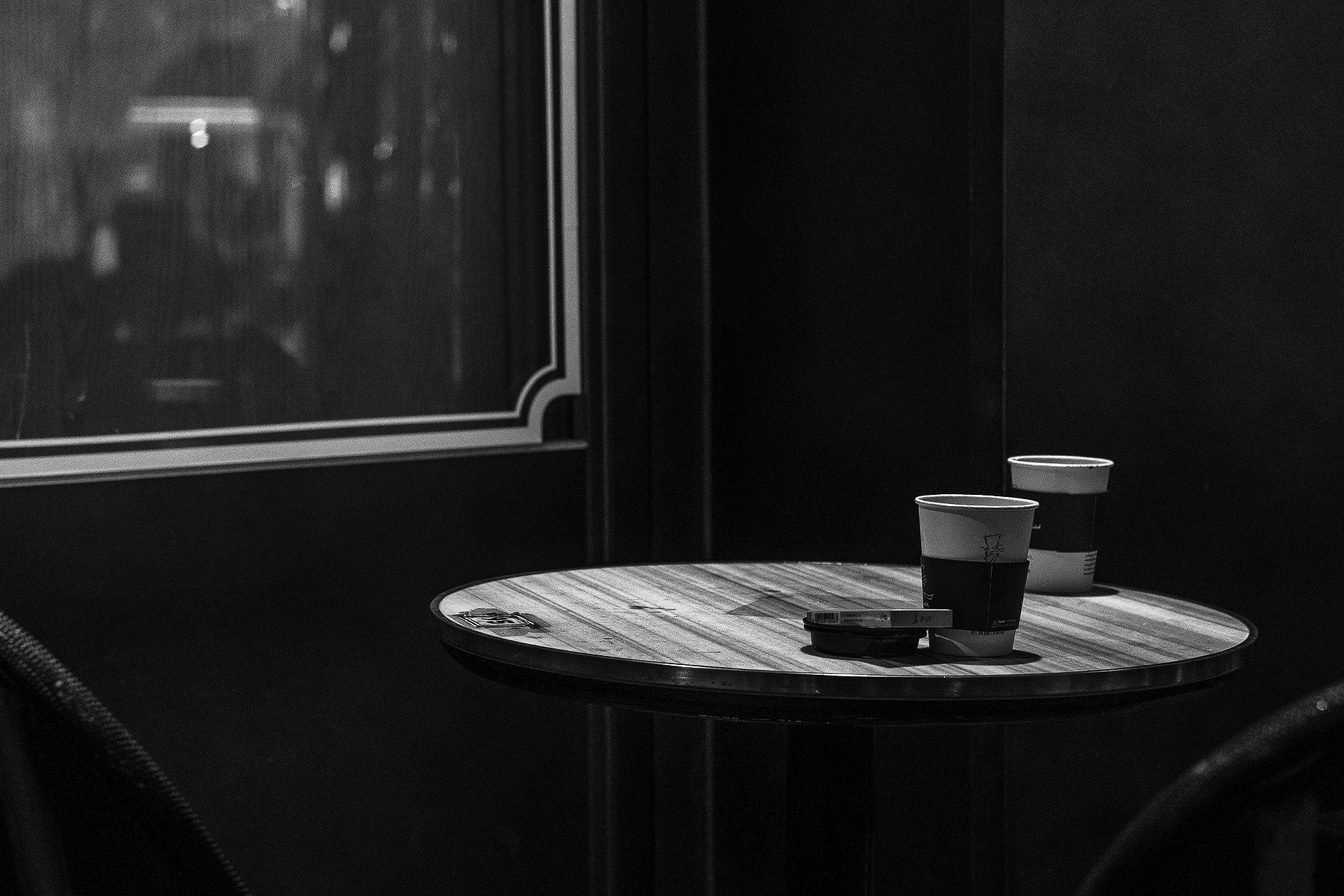Where modern office work began
Originally published March 2022.
I love coffee. I love spending time in great cafes.
So I have always been curious about the numerous plaques around the City of London marking the site of 17th-century coffee houses.
Coffee houses were clearly of historical importance. Indeed, at one point there were over 1,000 coffee houses in the capital.
But when I first moved to London around 20 years ago, there was scant evidence of a coffee culture. And if coffee houses were a key part of London’s history, where are the grand, historical cafes to rival those of Paris, Vienna or Budapest?
What then were the coffee houses? Why did they matter? What happened to them? And where are their decedents?
Well, the key point about London’s coffee houses is that they were really about the coffee.
Having recently been imported via Constantinople, coffee may have been novel. Drinking it might have felt very modern and metropolitan. And it might have been addictive. But those of us accustomed to today’s flat whites would not have liked what passed for coffee in the late 1600s. Indeed, people at the time did not necessarily like it.
If people did not come for the coffee, what did they come for?
They came for news, gossip and connections. Coffee houses provided access to information and access to networks.
As Ben Wilson says in his excellent book, Metropolis, “News, in late 17th-century London, was becoming a valuable commodity and the coffee house became the primary hub of news.”
“The coffee house provided an open, sociable environment in which people could look each other in the eye, decide whether or not they could trust each other and then make deals”
Indeed, coffee houses provided all kinds of news and gossip, with many developing a reputation for being the place to be to hear about a particular interest. At Jonathon’s Coffee House on Change Alley, for example, there were lists of the prices of commodities, stock and currencies. The coffee house provided an open, sociable environment in which people could look each other in the eye, decide whether or not they could trust each other and then make deals. London’s first securities exchange took place in Jonathan’s.
Many coffee houses, therefore, were places of business. At the time, the Pool of London would have been one of the busiest ports in the world. Goods from far away lands were auctioned off in coffee houses such as Garrraway’s.
It was Edward Lloyd’s coffee house that specialised in obtaining the most reliable shipping news before anywhere else, attracting sailors, shippers and long-distance traders to meet, talk and trade. With a waiter reading out the latest shipping news from a pulpit, the latest developments would be heard first here before the news spread across the city.
Those sipping their coffee in Lloyd’s coffee house had a clear information advantage, so it was here that merchants and shippers came together to negotiate. Coffee houses brought all sorts of people together to share information and then trade, allowing for a sharing of risks. The ability to pool risk created new business opportunities that spurred a virtuous cycle that enhanced London’s position at the heart of global commerce – and made Lloyds coffee house the world’s main insurance market.
So coffee houses played a formative role in early financial capitalism. Without coffee houses, it is hard to imagine how this organic process would have played out. As Wilson says, “The galaxy of coffee houses in London provided a dynamic, free-flowing, informal public space that had not existed before.” They created a space for chance encounters, the emergence of informal networks and information exchange.
In the late 1600s and early 1700s, there wasn’t anywhere else for such activity. There was home and church, but few other places to spend time with people. Coffee houses provided a new private-public space and they played a vital role in nurturing London’s economic development.
In time, those semi-public spaces got privatised. The fact that anyone could participate in business for the price of a coffee served London well. But it was not in everyone’s interests. Some sought to exclude others from their trade. So, for example, stock traders built their own coffee house. Originally called New Jonathan’s, it was soon renamed the London Stock Exchange and only open to those who paid to enter. Meanwhile, the underwriters at Lloyds Coffee House also founded their own coffee house before finding accommodation at the Royal Exchange, where they could control and regulate their activity.
I have been looking in the wrong places for the traces of London’s famous coffee houses. Those traces are to be found in the city’s business culture, not coffee culture. And their physical manifestation is the office towers that soar into the sky, rather than historical cafes.
Their story highlights that much office work began outside the office.
Today, information sharing no longer needs to be done in the same physical space. And demanding that people sit in the same location so that they can be controlled sounds antiquated. Much work that used to be done in the office, can be done effectively remotely.
But chance meetings, an occasional gossip and the opportunity to look a potential partner in the eye remain hugely valuable for enterprises that need a bedrock of trust on which to build collaboratively. Coffee houses of the past excelled at facilitating these interactions. Now offices need to do so to secure their future.








